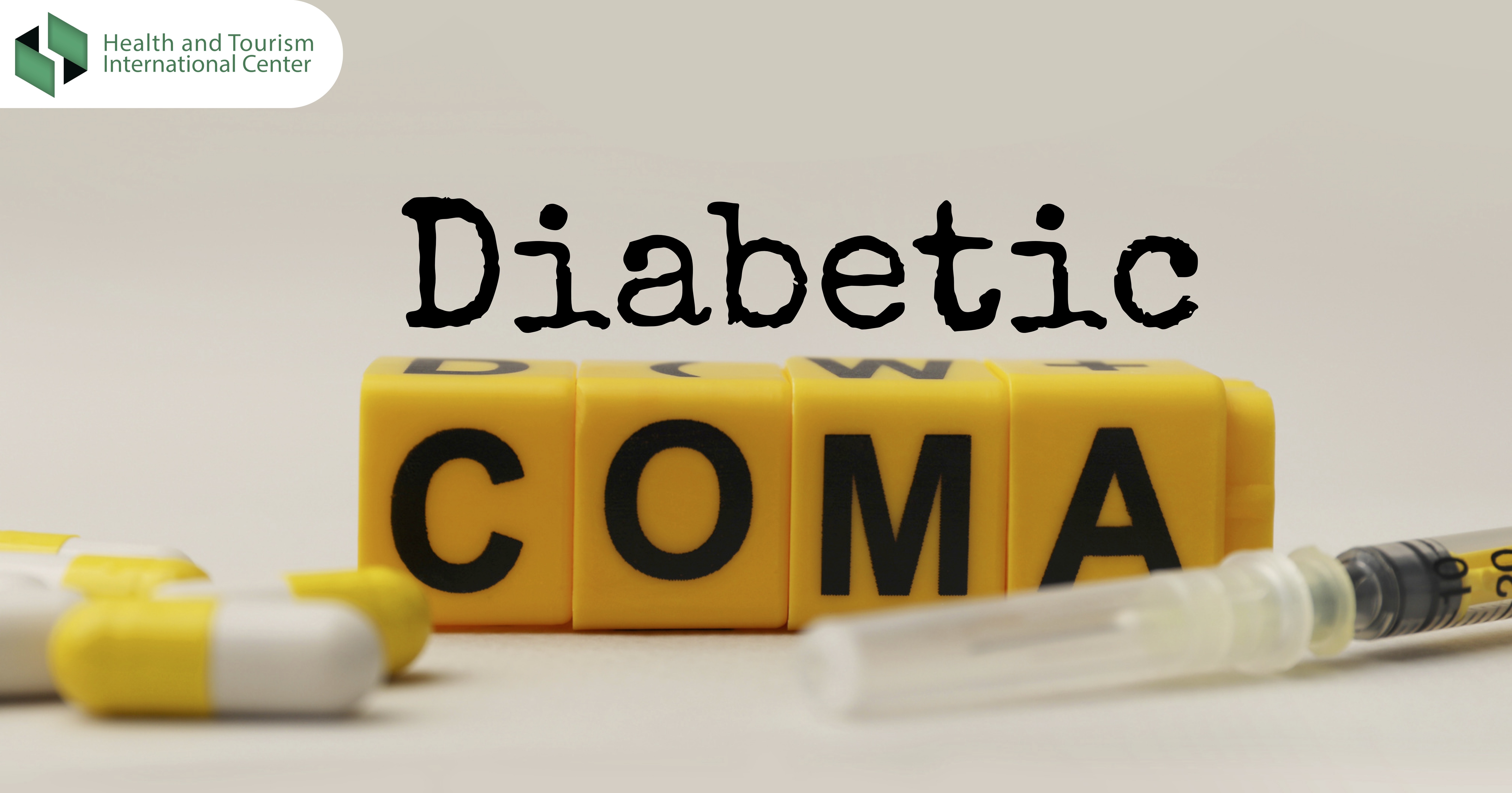Diabetic coma is a life-threatening complication of diabetes that causes loss of consciousness.
At the time of diagnosis of diabetes, dangerously high or severely low blood sugar levels, or diabetic ketoacidosis, are the main risk factors for the development of the disease.
Diagnose
Diabetic coma requires urgent medical intervention, and depending on the severity, the patient does not have time to prepare.
If you experience symptoms, you should call 911 (before you pass out) or have a bystander take care of the matter. Note that in diabetic coma, the patient is alive, but does not respond to stimuli (light, sound, touch). If you are around a person with diabetes and notice that they are acting strangely or passed out, or have consumed too much alcohol, call for emergency medical help.
During a diabetic coma, every minute is important and the patient should be placed in the emergency department of the clinic on time.
In the clinic, doctors will assess the patient's physical data, get acquainted with the history - it is recommended to always wear a medical bracelet or necklace designed for diabetes identification; In this way, it will be much easier and timely to recognize the diagnosis and, accordingly, to manage it.
The following laboratory analyzes are recommended:
- Determination of blood sugar level;
- Ketone level check;
- Evaluation of the amount of sodium, potassium, creatinine, nitrogen in the blood.
Treatment
The method of treatment depends on the underlying cause (for example, diabetic coma was formed due to excessively high or low blood sugar).
If the sugar level is too high, the following course of treatment is prescribed:
- Intravenous fluid for fluid balance in the body;
- Potassium, sodium or phosphate supplements for cell functioning;
- Insulin for the body to absorb glucose;
- Treatment of any infection in history.
If the blood sugar level is too low, glucagon is recommended.
Source:
https://www.mayoclinic.org/diseases-conditions/diabetic-coma/diagnosis-treatment/drc-20371479

